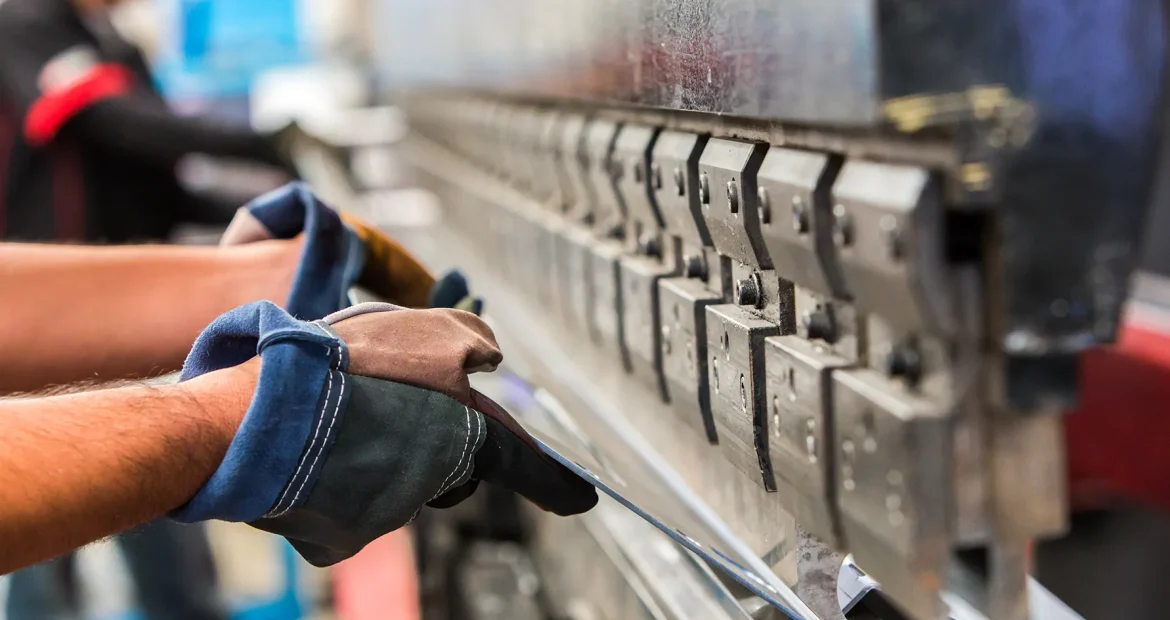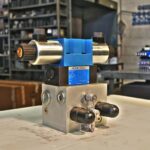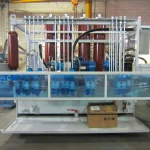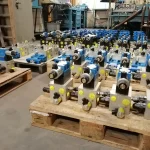Sheet metal bending is one of the processing steps used to complete metal structural work
This process is performed using a machine known as a press brake, thanks to which it is possible to give the metal the required shape.
More specifically, the machine does nothing more than apply pressure to the sheet metal, forcing it into the shape needed. Bending can be either hot or cold.
This brief guide shows the benefits of each method, but above all, the reason why cold bending is considered the best of the two.
Riva Tecnoimpianti: true industry professionals
Before starting on technical explanations of the two different types of sheet metal bending, it is a good idea to clarify one essential point.
When deciding to commence metal structural work, it is always advisable to leave the job to the experts.
The job will only be well done and above all, long lasting, if performed under the guidance of qualified personnel. In this regard, Riva Tecnoimpianti, represents the utmost excellence.
The company, a leader in the metal structural work industry, can boast a team of dedicated expert professionals at its plant, which covers over 2000 m2 in Verderio (LC), offering all customers the very best in terms of service.
Riva Tecnoimpianti operates in various areas to cover a range of manufacturing sectors for each of which it uses the most efficient, next-generation machinery.
One example comes from the Imal 3300 x 130-ton, 4-axis synchro press brake with Delem control, which represents one of the reasons for which the company is the best in the cold bending field.
Sheet metal bending: the difference between hot and cold
As already mentioned, sheet metal bending is possible using either hot or cold techniques.
Hot bending requires the metal to be heated beforehand so that it can bend.
This bending method is used mainly for very thick sheets or to obtain bends with a very tight radius.
Cold bending, however, is performed at ambient temperature, using a machine known as a press brake.
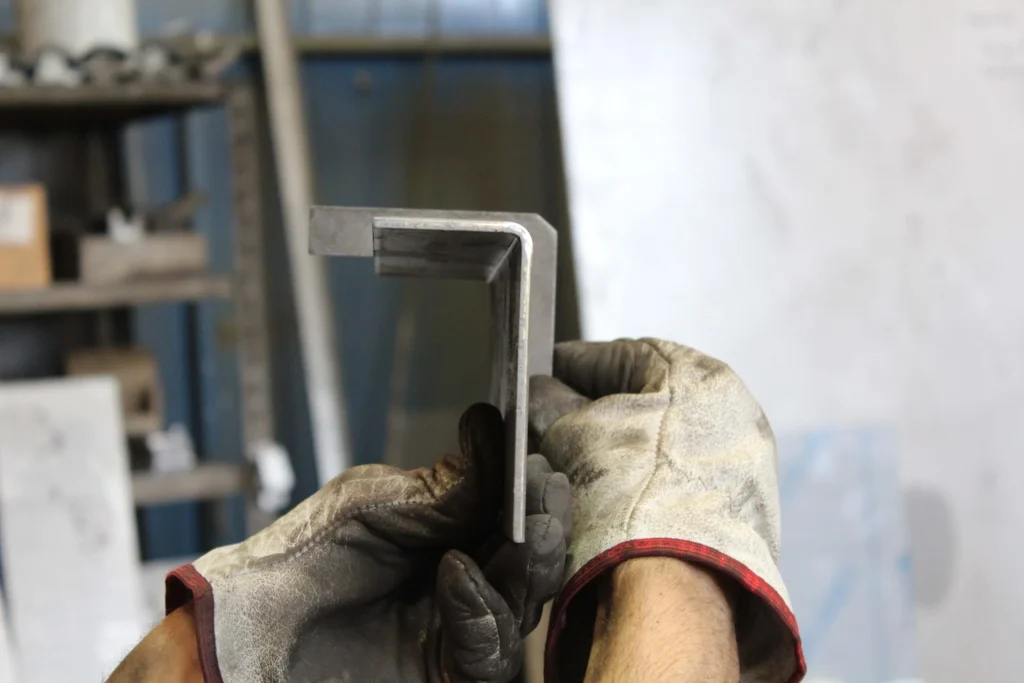
Sheet metal bending: which technique?
After looking at the differences between the two types of method, we can now look at which one is best. The answer is simple: cold, without a shadow of a doubt. But let’s see why.
Cold bending is most commonly used because it can adapt to any type of metal sheet. It also offers quite precise, quick and above all, repeatable bends.
Hot bending on the other hand, requires a slower process and is not as precise as cold. This, together with the need for specialist equipment, means that the costs are significantly higher.
Riva Tecnoimpianti is a company with a high degree of specialisation in cold bending sheet metal.
This processing technique is extremely important in industrial production, where large product quantities are required with short turnaround times.
These products are generally used in building work, to make domestic appliances etc.
The main stages in sheet metal bending
There are three main stages in bending sheet metal. First of all, preparation of the material and setting the bending parameters. After which, the bending process is performed.
Once this step has been completed, the piece goes to quality control. This stage, in particular, is performed by Riva Tecnoimpianti with the utmost care and attention to be sure of offering a job well done, free from errors.
The thickness and dimensions of the material for processing are chosen according to the customer’s requirements.
For any further information or clarifications, please contact Riva Tecnoimpianti, which is able to offer an active consultation service, managed by a highly qualified team.








